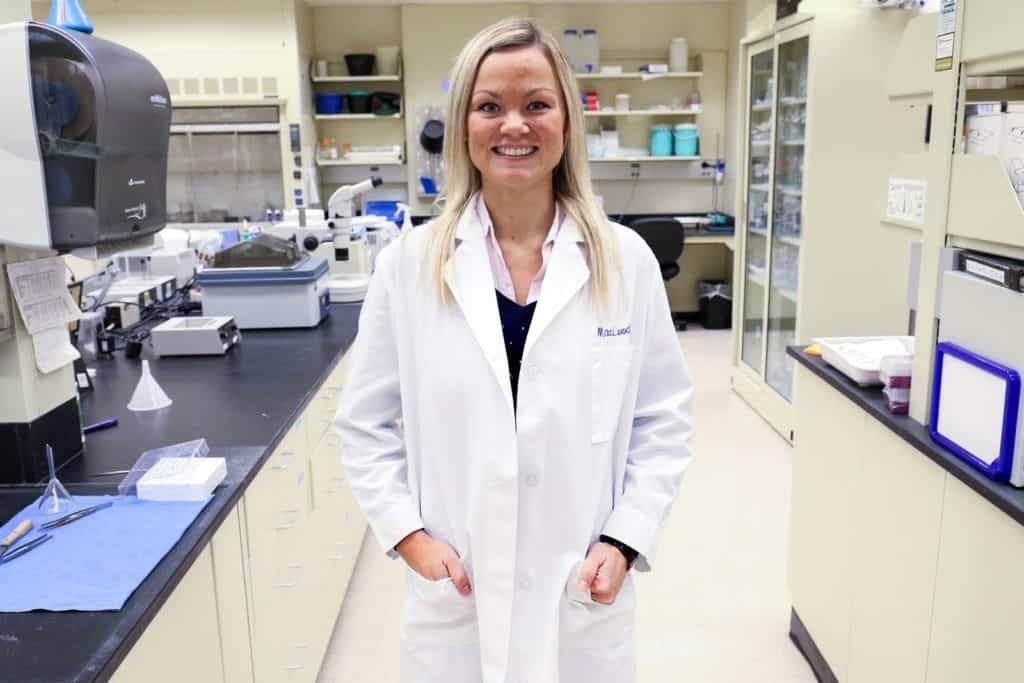
UK, University of Copenhagen Team Up for Dual PhD Program
Jasmin Bagge, DVM, is studying the use of stem cells to facilitate tissue repair following injury in horses.

Jasmin Bagge, DVM, is studying the use of stem cells to facilitate tissue repair following injury in horses.

Of the 442 respondents, 90 (20%) use injections as a regular part of their horses’ joint management programs.
The University of Wisconsin School of Veterinary Medicine used donated funds to purchase the new equipment.

Veterinarians use imaging technologies to evaluate, diagnose, and ultimately treat lameness in the lower leg and foot.

Complications are common with traditional repair, so researchers tested a plate designed for human geriatric patients.

Learn the latest about this puzzling neuromuscular disease.

Learn how recreational riders can condition and protect their equine weekend warriors.

They might be less common than limb fractures, but skull, rib, pelvis, and withers fractures are no less important.

In one study 15 affected horses presented with a sudden change in ridden behavior, but only one had a history of trauma.

Veterinarians have begun research, using the scanner in a clinical trial on client-owned horses.

Rib fractures can cause problems even when there’s no history of trauma or obvious signs indicative of a fracture.

Horses that plow, heal, or protect have distinctly different lifestyles than the average riding horse.
Dr. Kyla Ortved will review the varying types of regenerative medicine and their applications in the equine athlete.

A vitamin E deficiency can lead to neurologic problems as well as a retina disorder called pigment retinopathy.

Researchers are making steady progress toward understanding catastrophic fractures and, ultimately, how to prevent them.

Ashley Wagner-Wells’ research focused on equine protein metabolism and skeletal muscle physiology.
Stay on top of the most recent Horse Health news with
"*" indicates required fields